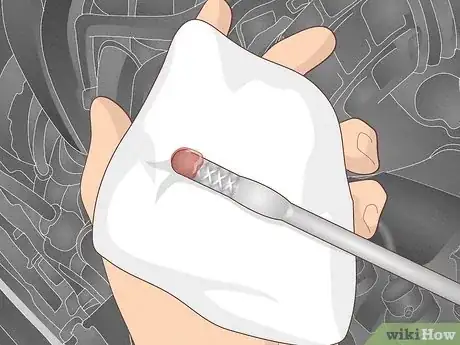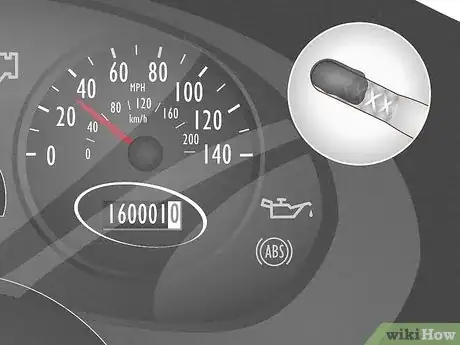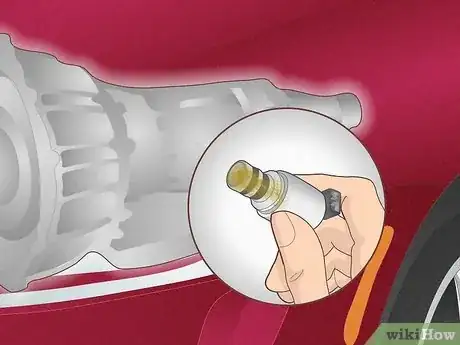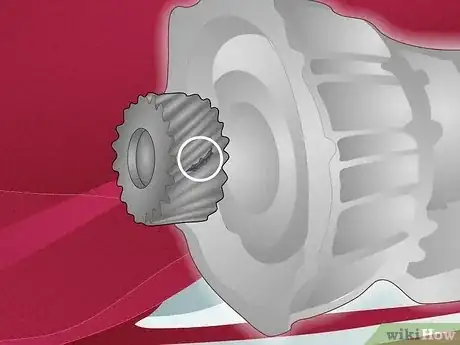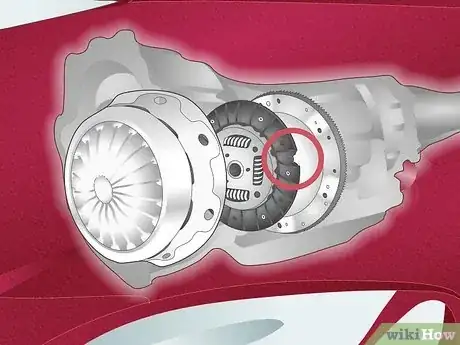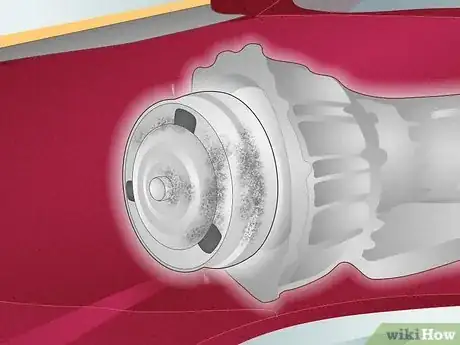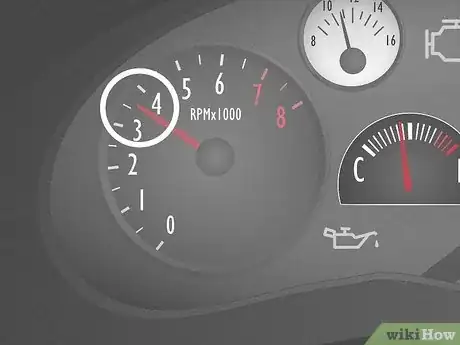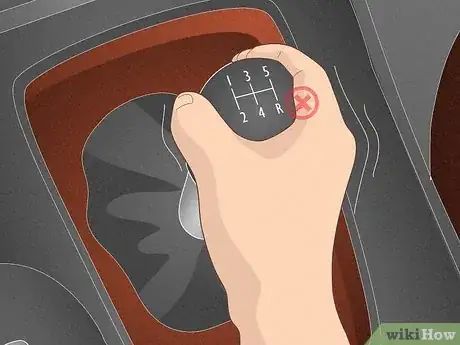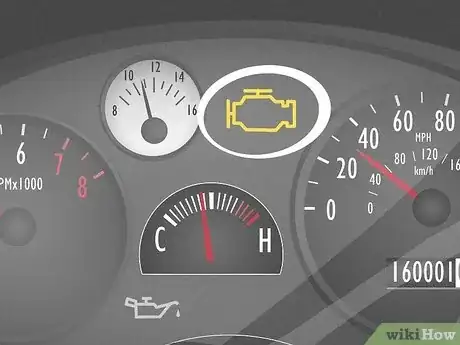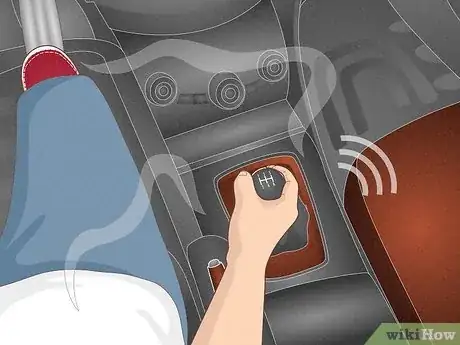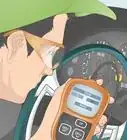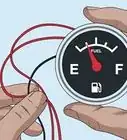This article was written by Ed Beery and by wikiHow staff writer, Eric McClure. Ed Beery is an Automotive Specialist and the Owner of InTechgrity Automotive Excellence based in Denver, Colorado. With more than eight years of experience, he specializes in providing maintenance and repair services for both individuals and companies. Ed and the InTechgrity Automotive Excellence Team are approved by the American Automobile Association (AAA) for repairs and are Automotive Service Excellence (ASE) certified.
There are 10 references cited in this article, which can be found at the bottom of the page.
If your vehicle doesn’t shift smoothly when you change gears, your transmission may be slipping. But what can you do to fix a problem like that, and is it even a big deal in the first place? We’re here to answer these questions and more. By getting your transmission repaired, you can get back to that smooth, consistent, and quiet ride you’re used to. Read on to learn more.
Things You Should Know
- Signs you have a slipping transmission include: high RPMs, an inability to reverse, strange smells, odd noises, and delayed acceleration when you press the gas.
- The occasional slip when you’re driving up or downhill is no big deal; this is totally normal for a transmission.
- Outside of refilling the transmission fluid in the event that it’s low, most transmission issues are likely to require a mechanic.
Steps
Causes & Solutions
-
1Low transmission fluid Refer to your manual to find the transmission dipstick. It’s usually in the back of the engine bay behind the engine, and the dipstick should be color-coded. When the vehicle has been resting a few hours, pull the dipstick out. If the fluid is below the “warm” hash mark on the dipstick, this is likely the problem.
- Solution: Purchase transmission fluid designed for your specific make, model, and transmission. Top the fluid off until it meets the “cold” hash mark on your dipstick.
- Transmission fluid should, in theory, never be low. You’ve likely got a leak somewhere that needs to be fixed, but this isn’t a DIY job. See a mechanic soon.
-
2Bad transmission fluid Transmission fluid goes bad every 100,000 miles (160,000 km), and you have to replace it once it burns out and expires.[1] X Trustworthy Source Consumer Reports Nonprofit organization dedicated to consumer advocacy and product testing Go to source If your transmission fluid is a deep brown or black, it’s time to replace it; good transmission fluid should be a dark or bright red.
- Solution: Go to a mechanic and ask them to flush and refill your transmission fluid. To do it yourself, elevate the vehicle on jack stands, drain the fluid pan, and refill the fluid.[2] X Research source
- If the transmission fluid is pink or purple, you’ve got a coolant leak somewhere. The coolant (which is usually bright green or blue) is mixing with the transmission fluid. This is a sign two systems are failing, so take the vehicle to a mechanic.
Advertisement -
3Worn transmission bands Transmission bands are inside of the transmission itself. They connect the separate gears and turn to shift gears when required. If these bands are worn out or damaged, you’ll experience the symptoms of a slipping transmission.[3] X Research source
- Solution: Go to a mechanic and ask them to disassemble the transmission to inspect the gear bands. They’ll be able to fix or replace them.
-
4Solenoid failure The solenoid is an electro-magnetic component that monitors and controls the flow of transmission fluid inside of the transmission. If the solenoid is failing or bad, the fluid can flood the transmission. Alternatively, the fluid can get blocked from entering the transmission. In any case, it can cause slippage.[4] X Research source
- Solution: The solenoid probably needs to be replaced, so see your mechanic and explain what you’ve found.
-
5Damaged gears This is relatively rare, but if the physical gears in your transmission have worn down or failed, it’ll cause your transmission to slip. This is going to be one of the more obvious faults, since your vehicle will completely fail to shift gears and/or you’ll hear extremely loud grinding noises coming from your engine bay.[5] X Trustworthy Source Consumer Reports Nonprofit organization dedicated to consumer advocacy and product testing Go to source
- Solution: See a mechanic or any transmission specialist to have the gears looked at. They’ll either fix any misalignment or replace the problem gears.
-
6Clutch assembly damage The clutch automatically (or manually in a manual car), moves power from your motor to the transmission so that the transmission gets that extra oomph it needs to change gears. If that clutch is damaged, your transmission will slip as it struggles to swap gear positions.[6] X Research source
- Solution: Give your local mechanic a ring. They’ll test your clutch assembly to determine if it needs to be fixed or replaced.
-
7Torque converter issues (automatic vehicles only) Automatic cars have a hydraulic pump in the transmission called a torque converter. It helps the automatic clutch assembly convert rotational power for the transmission. If it fails, your transmission will slip, shake, and shudder.[7] X Research source
- Solution: Get to a mechanic; they’ll look at the torque converter and repair it as needed.
Symptoms of a Slipping Transmission
-
1High RPM If your tachometer is reading over 3,500 RPM when you aren’t accelerating or the dial on the tachometer is in the red when you just casually hit the gas, it’s a sign your transmission is slipping. The engine will keep increasing its speed until it gets a message from the transmission that the gear is successfully changed, so if the transmission slipped, it will cause the engine to overaccelerate.[8] X Research source
- If you press the pedal to the medal under normal, healthy transmission conditions, the dial on the tachometer should drop immediately as soon as you feel the gear shift.
-
2Inability to reverse When you reverse, your transmission flips the direction of the torque in the gearbox. But if your transmission is struggling or damaged, that’s likely going to be too tall of an order for the transmission, and your vehicle won’t be able to go backwards.[9] X Research source
- You either won’t be able to physically move your gearshift into the reverse position, or you’ll feel so much resistance when you try that it’ll feel like you might break something.
-
3Delayed or uneven acceleration The inability to smoothly shift gears will cause your vehicle to respond slowly when you hit the gas. It might feel like you’re not entirely in control of the speed, or you might feel a jerking movement after your vehicle finally gets around to shifting.
-
4Check engine light on Your engine control module (ECM), which is the computer monitoring your engine, is going to know something is off when your traction slips repeatedly. As a result, that check engine light should illuminate on your dashboard.[10] X Research source
- This light might even turn off when the transmission stops slipping, then come back on after it slips again.
- You may need to reset your check engine light if you repair the transmission yourself.
-
5Odd sounds or smells Transmission fluid smells sweet, but it can have a burnt sugar aroma if it’s going bad or leaking. You may also smell something if the fluid in your torque converter leaks. On top of strange odors, you’ll probably be able to hear a slipping transmission, too. Your vehicle may rattle, clink, buzz, or bang depending on what’s specifically broken.
- Any sounds you hear are going to be the gears and belts in the transmission grinding against something they aren’t supposed to be grinding against.
Can I drive with a slipping transmission?
-
No, it’s dangerous to keep driving if the transmission constantly slips. It’s okay to drive your car to the mechanic if they’re close by and you go slow, but this isn’t a safe vehicle in the long run. Your transmission will eventually fail entirely if it constantly slips, and your vehicle will stall or stop moving. If you’re on a highway or busy road, this could lead to some disastrous outcomes.[11] X Research source
- It’s even possible your vehicle surges and locks itself in an accelerative loop when your transmission fails if you’re unlucky, which can be even more dangerous if you aren’t quick to hit the brakes.
- A brand-new transmission can run up to $5,000 too, so it’ll be cheaper to address this problem before it leads to permanent damage.
Warnings
- Transmissions are possibly the most complicated part of a vehicle. Unless you’re extremely confident you’ve found the problem and you have experience working on vehicles, you’re probably best off letting a professional work on your transmission.⧼thumbs_response⧽
You Might Also Like
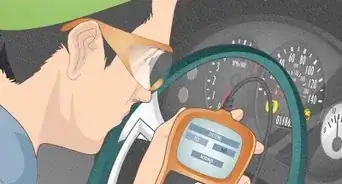 How to Reset a Traction Control Light (TCS)
How to Reset a Traction Control Light (TCS)
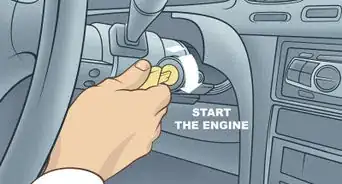
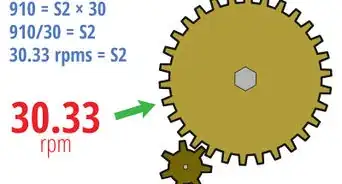
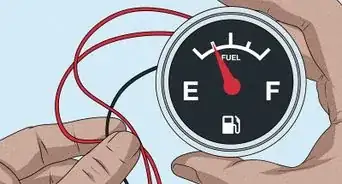 How to Reset a Gas Gauge Needle
How to Reset a Gas Gauge Needle
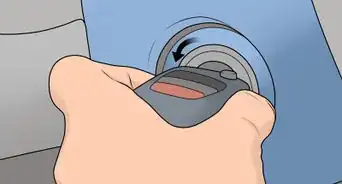
 How to Unlock the Hood of Your Car
How to Unlock the Hood of Your Car
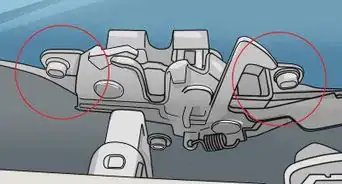

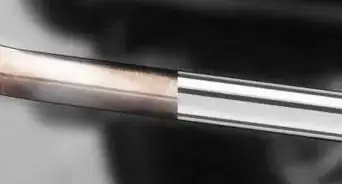
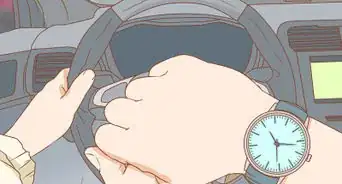
 Reduced Engine Power: What It Is and What to Do When You See the Warning Light
Reduced Engine Power: What It Is and What to Do When You See the Warning Light
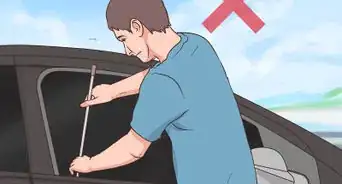
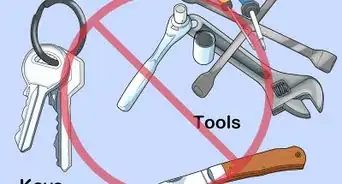
References
- ↑ https://www.consumerreports.org/car-repair-maintenance/things-to-know-about-your-car-transmission/
- ↑ https://www.bobvila.com/articles/how-to-change-transmission-fluid/
- ↑ https://aamcoutah.com/reasons-transmission-slipping/
- ↑ https://cpt4l60e.com/4l60e-shift-solenoid-guide/
- ↑ https://www.consumerreports.org/car-repair-maintenance/things-to-know-about-your-car-transmission/
- ↑ https://www.eatoncummins.com/content/dam/eaton-cummins/products/endurant/clutch-release-system-wear-damage-endurant-and-paccaar-trans-taib0889.pdf
- ↑ https://www.news9.com/story/5e6fca6df86011d4820c3f33/signs-of-a-failing-torque-converter-and-how-to-fix-it
- ↑ https://www.arrowheadmb.com/blog/what-is-wrong-with-the-transmission-on-your-car/
- ↑ https://www.streetdirectory.com/etoday/-uoelul.html
About This Article

